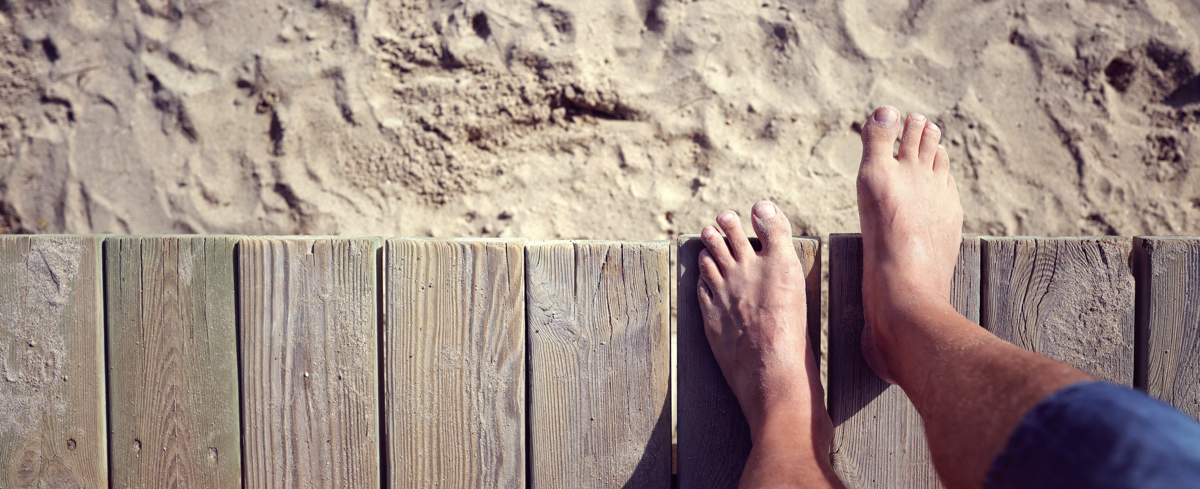
02 Nov Taking Care Of Our Feet Is Critical As We Age
Taking Care Of Our Feet Is Critical As We Age
Bru-nO/ Pixabay
Whether we’re living independently or receiving 24-hour care, it’s important that residents of Flintridge and elsewhere learn different ways to take care of our bodies.
According to the team at Accredited Home Care, one of the biggest challenges of aging is that many of our body parts begin to work differently as we age. General muscle tone, for instance, declines, which makes it even more vital to continue regular physical activity.
Our skin changes, which often means that we’re more sensitive and damage like bruises take longer to heal. Our vision may change, which may require other alterations to our daily routine such as driving less or requiring different optical prescriptions.
Our diet may change as well – certain foods may no longer agree with us and we also may need to eat more of other types of food for general good health.
Some of these changes may come from aging, some from certain health conditions.
The lower body especially can go through a larger shift – the muscles of the hip, knees, legs, and feet may collectively weaken.
People also may have problems with their joints, such as arthritis and other conditions that cause inflammation, which can lead to difficulties when trying to walk.
This is why many seniors are known to shuffleas they walk – not only does it hurt more than it used to, but they’re also concerned about all of these conditions affecting their balance and increasing the risk of falling.
Though a bad fall anytime can be painful, it can be especially devastating for someone older and in weaker health.
Not only could it take a long time to heal from major trauma like a broken hip, this type of disability may require someone to relocate to a place that offers a higher level of care. For someone who prides themselves on their independence of living at home, even with a caregiver, it makes sense to avoid falls at all costs.
Focus on feet
There are a variety of activities and exercises that can keep one’s body in good shape, such as tai chi,a low-impact but effective activity that many medical professionals believe can improve endurance and flexibility and reduce fall risk. Walking and swimming are also good activities for all-around conditioning and maintenance.
But there’s less attention to activities that can specifically help the feet, which can be quite important to your overall mobility, and difficult to deal with if they are not functioning well. Sometimes, advanced health conditions such as diabetes may even require amputation.
One of the biggest conditions that can occur in many seniors is less circulation, which can lead to a variety of problems, including:
- Dry skin
- Brittle nails
- Slower healing of sores or bruises
- Constant cold/difficulty warming
- Age can also lead to feet slightly widening.
Conditions like neuropathy can lead to excessive pain like burning and tingling, especially in the feet and hands.
Feet problems can be aggravated by things like wearing too tight of shoes or socks, which can reduce circulation and be uncomfortable the longer they are present.
Get help
One place to start on your journey of healthier feet is by seeing a professional. A general provider can usually offer suggestions to help keep your feet in good shape, or diagnose basic problems. A podiatrist, which is a physician who specializes in feet issues, can provide even more advanced care and recommendations.
Either one can let you know if there are any immediate concerns or take care of any initial problems with the structure of your feet themselves or how they function.
This can include bunions which are bony bumps that often grow near the toes. Though these aren’t always painful on their own, they can hurt or be irritated if they rub often against tight shoes or socks.
These can occur at any age but the frequency increases in seniors. And, although surgery to remove them can usually help someone’s quality of life, seniors are advised to proceed with caution since some medical procedures can be more challenging the older someone is, and complications can include everything from pulmonary embolisms to difficulty healing.
Some podiatrists may have longer pre- and post-surgery protocols for seniors to make sure that there is more extended time for healing and that their family members and caregivers can have a role in the recovery process. This is partly to keep them from overextending themselves or trying to rush the healing by using their feet during the recovery process.
Other solutions
Foot care professionals can offer a variety of ways to reduce pain on feet and improve care.
- Wider shoes can cut down on pain from too tight shoes.
- Compression socks can help reduce swelling as well
- Lotions and oils can help reduce dryness
- Regular activity. Alternating between keeping your feet up and walking can improve blood flow.
- Filing down corns and calluses regularly. (Check with a doctor first for recommended brands)
The team at Accredited Home Careis happy to offer suggestions for clients and their caregivers for specific foot treatment options.




Sorry, the comment form is closed at this time.